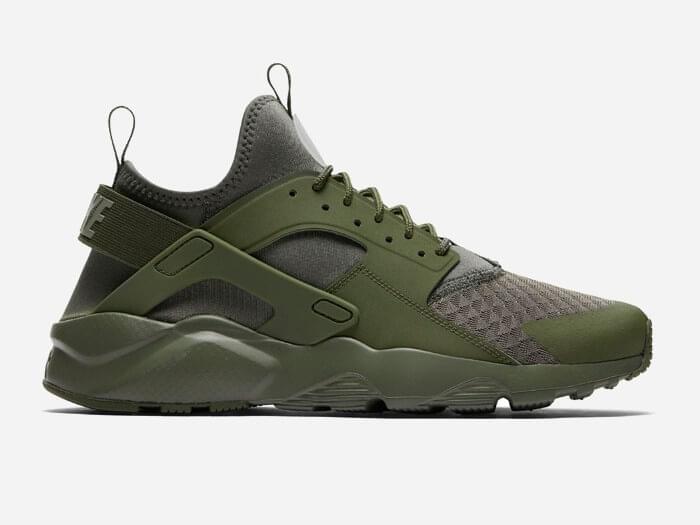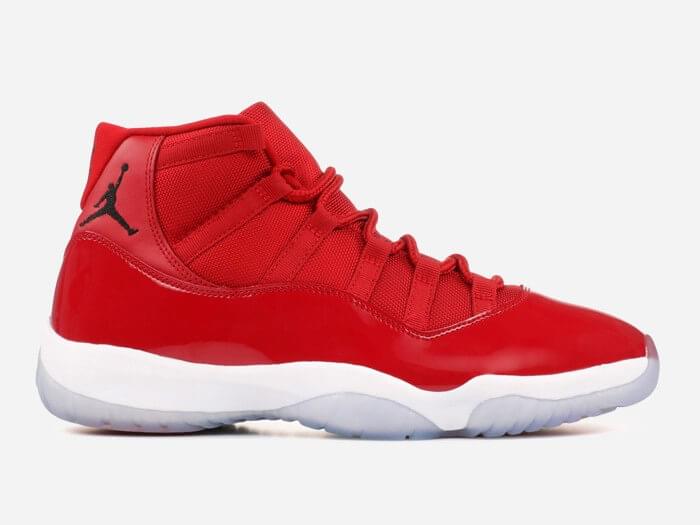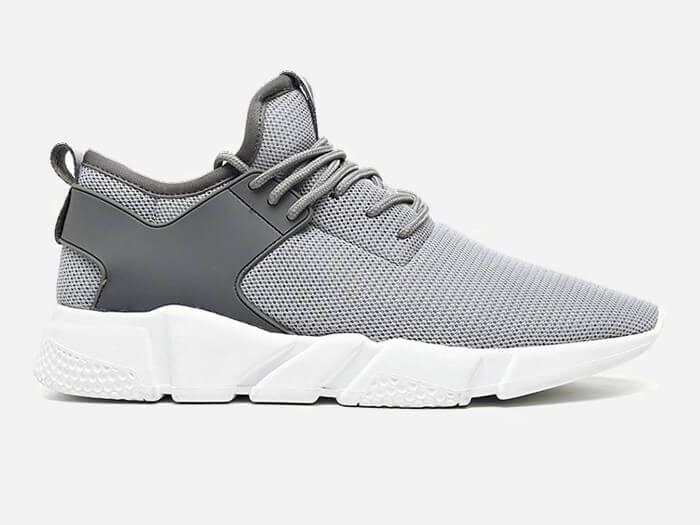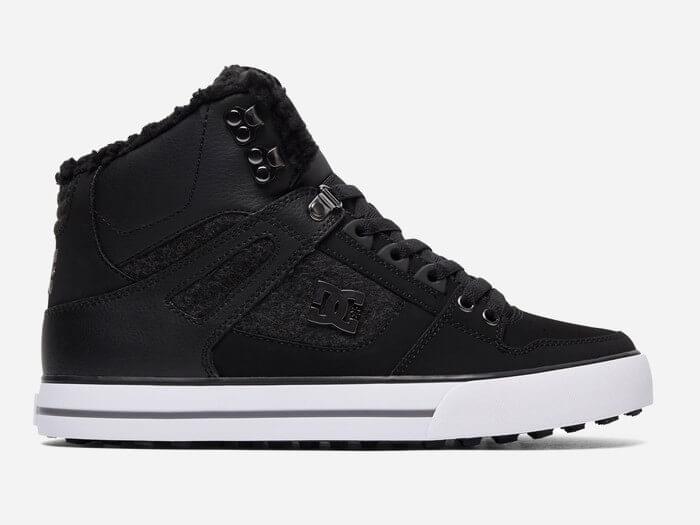Choosing Low-Temperature Hydraulic Hoses: What You Need to Know
Hydraulic hoses are an essential component of many industrial applications, including construction, mining, agriculture, and more. However, in low-temperature environments, traditional hydraulic hoses may become brittle and fail, resulting in costly downtime and repairs. To avoid this, it is essential to choose the right low-temperature hydraulic hose for your application. Here's what you need to know.  Consider the Temperature Range When selecting a low-temperature hydraulic hose, the first thing to consider is the temperature range of your application. Look for hoses that are specifically designed for low-temperature environments and can withstand the temperature extremes of your application. It is also important to consider the temperature range of the fluid that will be flowing through the hose. Check the Material The material used in the construction of the hydraulic hose is also important. Some materials, such as neoprene or nitrile, are more resistant to low temperatures and offer better flexibility in colder environments. Other materials, such as polyethylene or polypropylene, may be more suitable for extremely low-temperature applications. Look for Proper Certification It is important to choose a low-temperature hydraulic hose that is properly certified for your application. Look for hoses that meet the relevant industry standards, such as SAE or ISO. Proper certification ensures that the hose meets the necessary performance and safety requirements. Consider Compatibility with Fittings When selecting a low-temperature hydraulic hose, it is also important to consider its compatibility with fittings. Make sure that the hose is compatible with the fittings you will be using in your application. Incompatible fittings can result in leaks, reduced performance, and other issues. In conclusion, choosing the right low-temperature hydraulic hose is essential in ensuring the safety, efficiency, and longevity of your equipment in low-temperature environments. Consider the temperature range, material, certification, and compatibility with fittings when selecting a hose for your application. By following these tips, you can ensure optimal performance and avoid costly downtime and repairs.
Consider the Temperature Range When selecting a low-temperature hydraulic hose, the first thing to consider is the temperature range of your application. Look for hoses that are specifically designed for low-temperature environments and can withstand the temperature extremes of your application. It is also important to consider the temperature range of the fluid that will be flowing through the hose. Check the Material The material used in the construction of the hydraulic hose is also important. Some materials, such as neoprene or nitrile, are more resistant to low temperatures and offer better flexibility in colder environments. Other materials, such as polyethylene or polypropylene, may be more suitable for extremely low-temperature applications. Look for Proper Certification It is important to choose a low-temperature hydraulic hose that is properly certified for your application. Look for hoses that meet the relevant industry standards, such as SAE or ISO. Proper certification ensures that the hose meets the necessary performance and safety requirements. Consider Compatibility with Fittings When selecting a low-temperature hydraulic hose, it is also important to consider its compatibility with fittings. Make sure that the hose is compatible with the fittings you will be using in your application. Incompatible fittings can result in leaks, reduced performance, and other issues. In conclusion, choosing the right low-temperature hydraulic hose is essential in ensuring the safety, efficiency, and longevity of your equipment in low-temperature environments. Consider the temperature range, material, certification, and compatibility with fittings when selecting a hose for your application. By following these tips, you can ensure optimal performance and avoid costly downtime and repairs. 






Leave Your Product Requirements
Your email address will not be published. Required fields are marked *